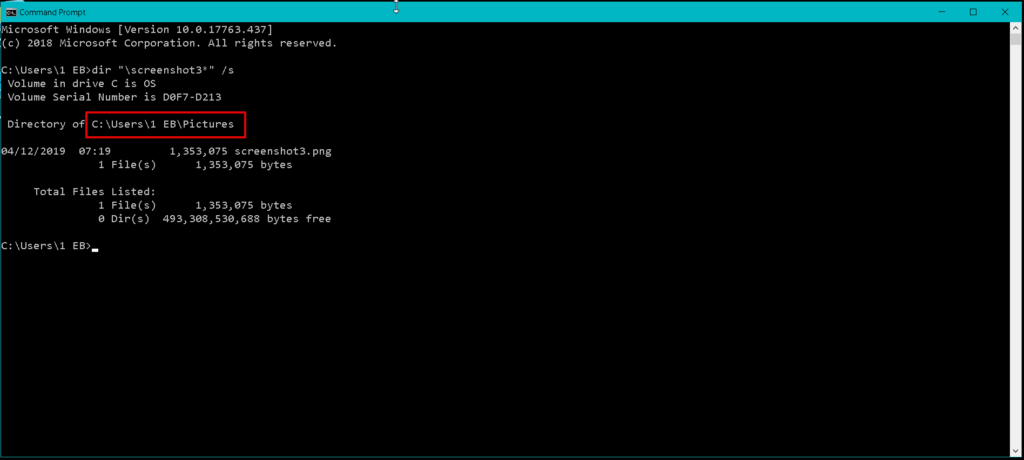

- #Command line search for text in files how to
- #Command line search for text in files manual
- #Command line search for text in files full
The execution of the above commands will locate the perl binary and display the full path(s) to it. For example, to find a certain file in the whole VPS server, it would be best to use an alternative command - whereis or which: In some rare cases, you would not like to use find or grep. For example, the line below will only output configuration.php result: Grep can also be used to filter the results from other commands. This will display the filenames containing the word database, but will not actually list the line containing it. To only list the file names containing the string you are searching but omit the line containing it, you can use the -l argument: This will make grep look recursively (-r option) and provide the result in human readable format (-H option) for the string “database” in all (*) files under the current working directory. If you don’t know which file contains the text, you can use: The above command instructs grep to look for the string “database” in configuration.php file and display the containing line.
#Command line search for text in files manual
For a full list it is recommended to check the manual pages by typing ‘man grep’.Īn example of using grep to find a certain text can be found below: Grep is a very powerful tool and accepts various command line arguments. The command you should be using in this case is ‘grep’. Mastering these commands can give you complete.

The best way to find files is to utilize several different terminal commands. You can also search for a given text in the files content as well. Finding a file in a Linux system can be difficult if you don't know how. Or if you want to filter only files modified for the last 2 days, you would need to use: If you would like to list only directories and leave all files out of the result: If you are uncertain about the file name or would like to match a part of the name, you can use a wildcard pattern: Find is a very powerful tool and accepts various arguments allowing you to specify the exact search term (i.e search by name, by type or even by modified time).įor example, to search for a file called myFile.txt under the current folder (and all subfolders) of your Linux VPS server, you would need to use the following command:

In order to search for a file location you can use the find command. SSH provides two different commands, which can be used to accomplish this. If you have any query then please contact us or message on our Facebook Page.In some cases you would need to find the location of a given file or to search for a certain text in all files under a directory. This might look something like this: pdftotext document.pdf - grep -C5 -n -i 'search term' There is more information in the manual. We hope you have found an interesting tutorial regarding searching text file in Linux Command. Just to add to the above answer, in particular you can use a command line tool from xpdf-utils called pdftotext and then search the text document created by this tool with grep. For example, I want to output the line that contains more than six words then I will use the following command. You can use -E option to tell the grep command that I am using the regex. I am not going to the introduction of regex here. Grep command is also very useful tools with regex. You can use the -vi option with the grep to remove the line containing the matching term like below. Therefore grep is very useful for removing a lot of noisy text from the log file. In the log file, there can be a lot of noise due to many outputs. You can also see the lines number for these words are using the -n command. In other words, it will look into sub-directories too. The -r option read/sarch all files under each directory, recursively, following symbolic links only if they are on the command line. Also, the grep command is the case sensitive therefore you have use -i option to tell the grep command to ignore the case. The syntax is as follows for the grep command to find all files under Linux or Unix in the current directory: cd /path/to/dir. You can read our post on changing the file permission. If you see the output as permission denied then you will change the permission to see the file. For example, you want to show all the lines of text containing the word “data”, then use the following command.

It searches for the given string pattern or text in the file and print all the lines containing the strings. Below some command-line tools for performing these tasks. You can also use the command for searching in the log file or finding some text in the file.
#Command line search for text in files how to
Less text_file How to Search for the text file?


 0 kommentar(er)
0 kommentar(er)
